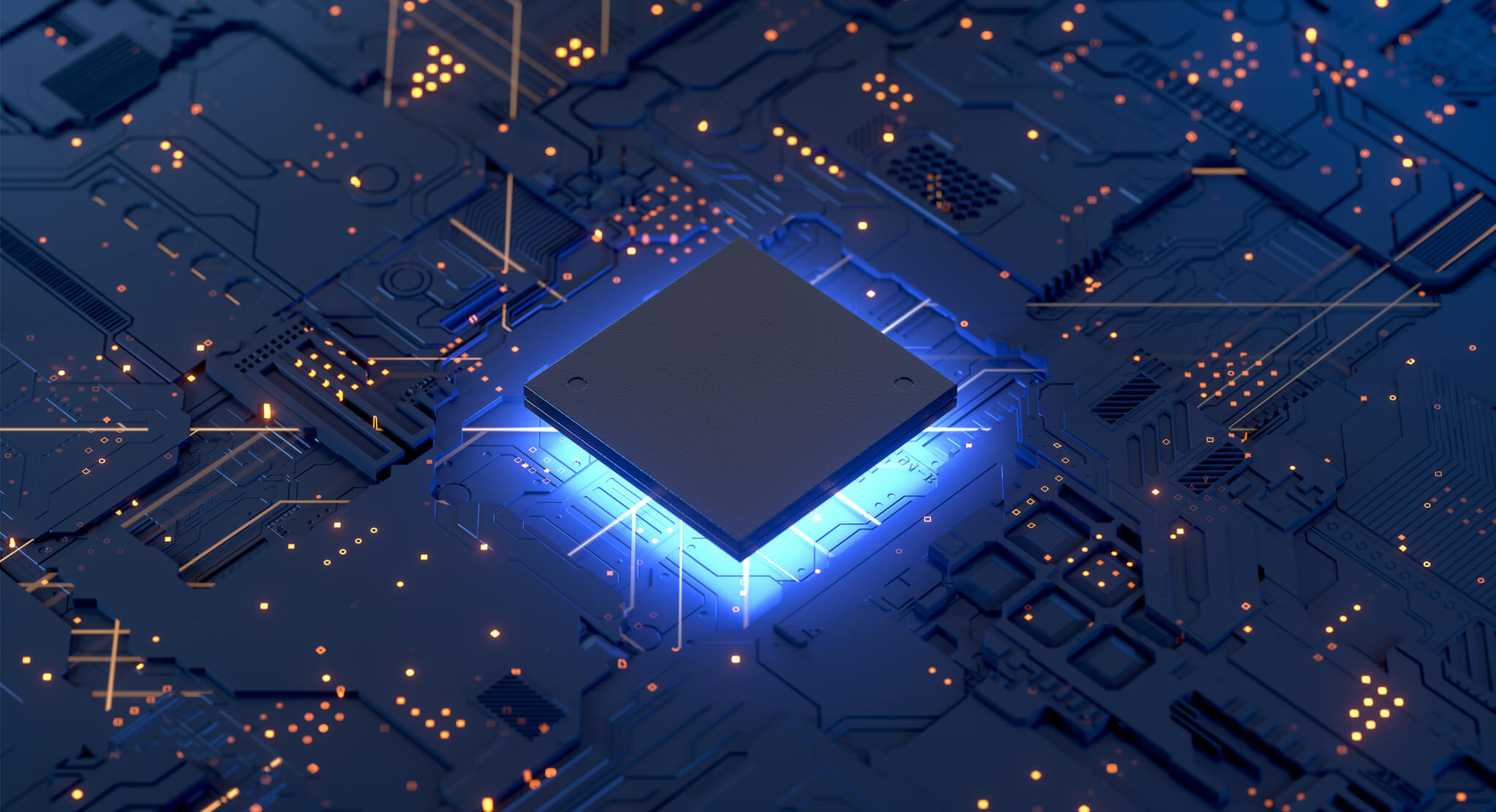Similarities between Apple’s new M1 chip and a trading system design?
I started my new Apple Mac with its new M1 processor this morning and I was simply amazed by its speed. This set me thinking about how chip design and trading system design have a lot in common, as both need to worry about performance and throughput. This blog looks at what we can learn from Apple’s move to system-on-a-chip design, and why trading systems should be optimized in a similar way.
It’s generally understood that Apple chose to move away from Intel chips simply to create a uniform platform for their users. But as software in general covers up exactly what silicon is running underneath, this probably isn’t the whole story.
In fact, touch the box of the new Mac mini when it’s running and you quickly realise that it’s cold –really cold. With my Intel i7 running alongside, its fan running hot most of the time, the difference is quite startling. This is because the M1 chip is Apple’s first system on a chip designed for Mac. The processor, GPU, I/O, security features, and RAM are all on one chip. This dramatically reduces data transfer latency, and speeds up almost all operations.
So what made me think of trading systems? Well, with high transaction rates and low latency a must, the close coupling of order management, position keeping, and risk monitoring require a similarly close-coupled technology. Controlling these subsystems with proprietary infrastructure is also a great asset. It reduces the duplication of workflows and simplifies processing tasks that are crucial to the speed of risk checks.
With the “build or buy?” question commonly asked of company management before they buy software, it’s clear that Apple wants all its hardware and software to run on the same platforms and, where possible, on the same chips. Only time will tell if this move makes for commercial success. But from the temperature of my Mac, it seems that performance-wise at least, it’s a winner.
Now the sceptics among you will be thinking, what if you want to replace parts? For example, you can’t replace a graphics card with a new one. And you’re right–this design pattern does have its downsides. However, as the cost of these M1-based systems is now also lower, like your iPhone, you’ll probably just get a new one. As for trading systems, recent improvements in rollouts and upgrade processing have also made this less of an issue.
As anyone who runs a Fidessa trading platform will know, throughput and latency are essential components. Our tightly coupled technology offers outstanding performance on single boxes, with primary and standby technology baked in. If you’d like to learn more about how Fidessa platforms are built and rolled out, then please get in touch.

Access all your buy sides and brokers. Execute orders on more than 100 markets. And do everything you need in one solution, from automated low-touch trading to complete order and risk management.


